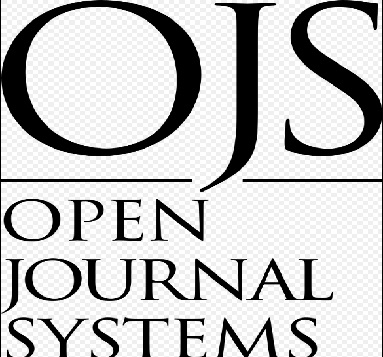Interpretable Machine Learning for Time Series Analysis: A Comparative Study with Statistical Models
DOI:
https://doi.org/10.63056/ACAD.004.03.0681Keywords:
Robustness , interpretable machine learning , statistical models , accuracy , time series forecastingAbstract
This book provides a comparative analysis of statistical models and interpretable machine learning approaches to time series forecasting. Conventional models, such as ARIMA, ETS, and State-Space, performed well in terms of interpretability, with scores ranging from 4–5, but exhibited higher forecasting errors and susceptibility to noise, with performance decreases of up to 20.5%. Conversely, machine learning models including Random Forest, XGBoost, and LSTM with attention performed better in terms of accuracy, with the lowest RMSE (43.7) and MAPE (6.9%), and showed more robustness under noisy input, having the worst performance drops as low as 11.2%. Their interpretability was still below par, ranging between 2–3. The results demonstrate a key trade-off: statistical models offer transparency at the expense of reduced predictive power, whereas machine learning models offer greater accuracy and robustness but at the expense of interpretability. The study highlights the possibility of hybrid approaches to find a middle ground between these attributes and improve real-world forecasting application.
Downloads
Published
Issue
Section
License
Copyright (c) 2025 Muhammad Ahmad, Ahmed Abdul Rehman, Roidar Khan, Hajra Bibi (Author)

This work is licensed under a Creative Commons Attribution 4.0 International License.












